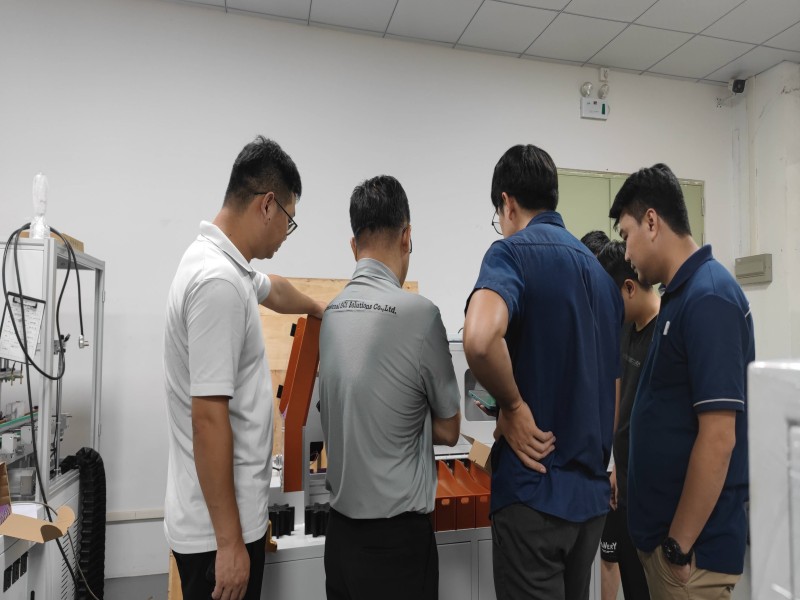The practical applications of the Internal Short Circuit Tester are as follows:
Battery Safety tester: The Internal Short Circuit Tester is used to assess the safety of lithium-ion batteries under internal short-circuit conditions. These conditions may arise due to defects in the battery manufacturing process, external damage, or extreme conditions. The tester simulates these internal short circuits and monitors the battery's response to determine whether the battery can safely handle such situations.
Battery Design and Development: Battery manufacturers and researchers use the Internal Short Circuit Tester to evaluate the performance of different battery designs, materials, and safety features under internal short-circuit conditions. This helps improve battery designs to enhance safety and reliability.
Compliance Testing: Lithium-ion batteries tester must comply with various international and industry standards and regulations. The Internal Short Circuit Tester is used to perform internal short-circuit tests that comply with these standards to ensure that batteries meet safety and performance requirements.
Quality Control: During the battery manufacturing process, these testing devices are used to verify whether each battery or battery component meets specification requirements. This helps ensure that batteries delivered to customers are of high quality and safe.
Fault Analysis: When batteries experience failures or issues, the Internal Short Circuit Tester can be used for fault analysis. By simulating internal short circuits, researchers can determine whether the battery's safety performance is compromised.
Research on New Materials: When researching new battery materials, these testing devices can also be used to assess the performance of these materials under internal short-circuit conditions. This is crucial for advancing new battery technologies.
In summary, the Internal Short Circuit Tester plays a critical role in assessing battery safety, performance, and compliance under extreme internal short-circuit conditions. It is an indispensable tool in the battery industry, contributing to the improvement of battery quality, reliability, and safety.





 Online service
Online service +86 13174506016
+86 13174506016
